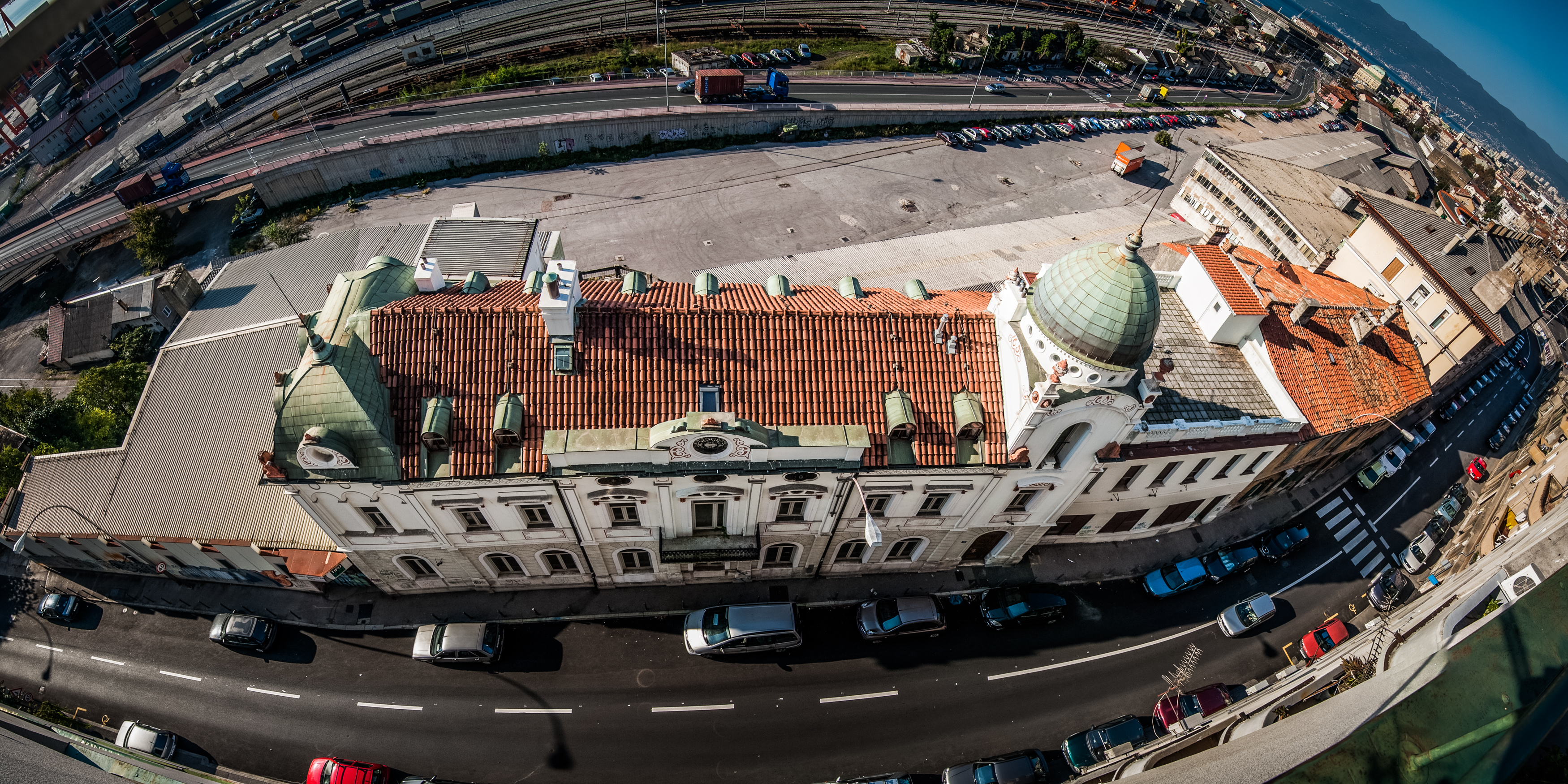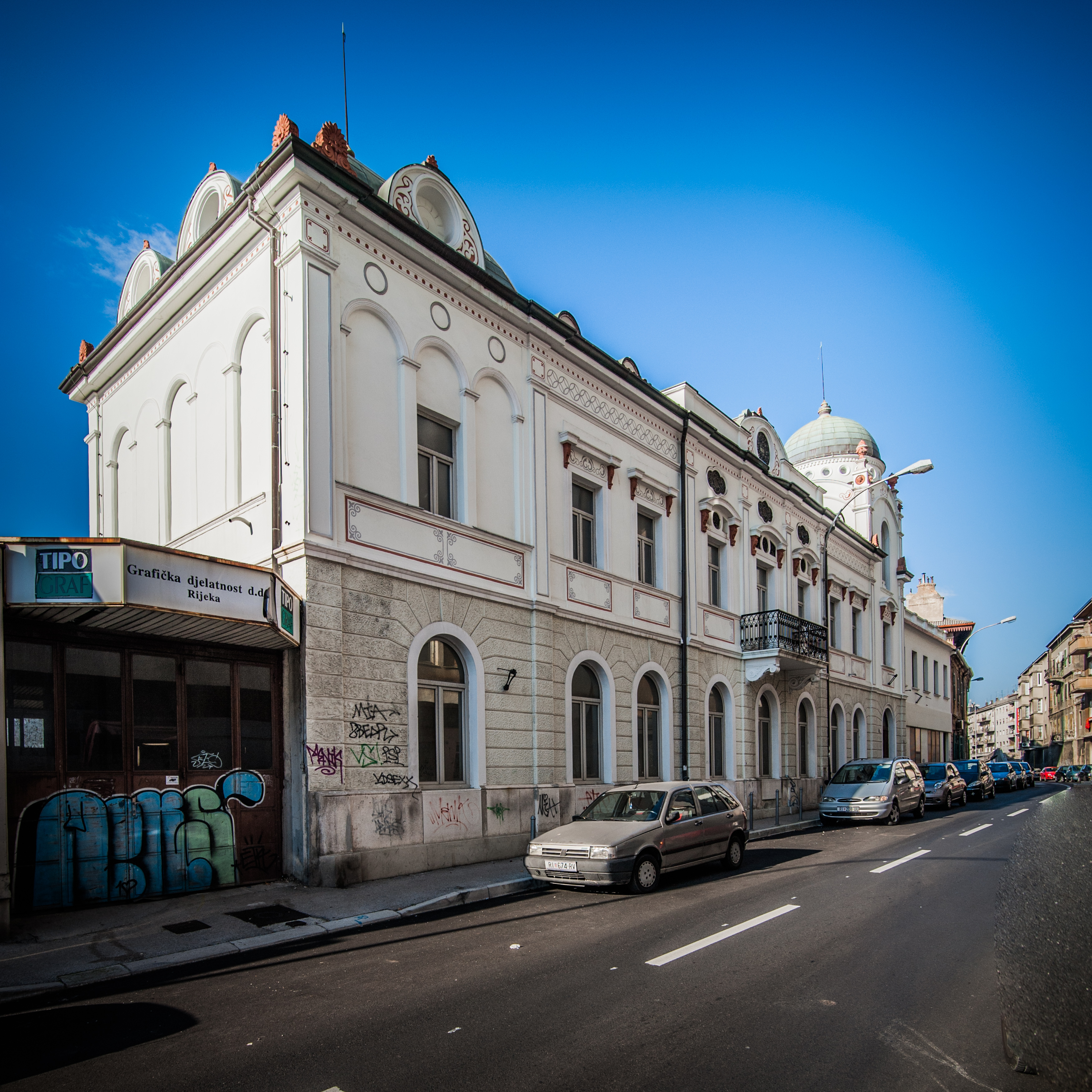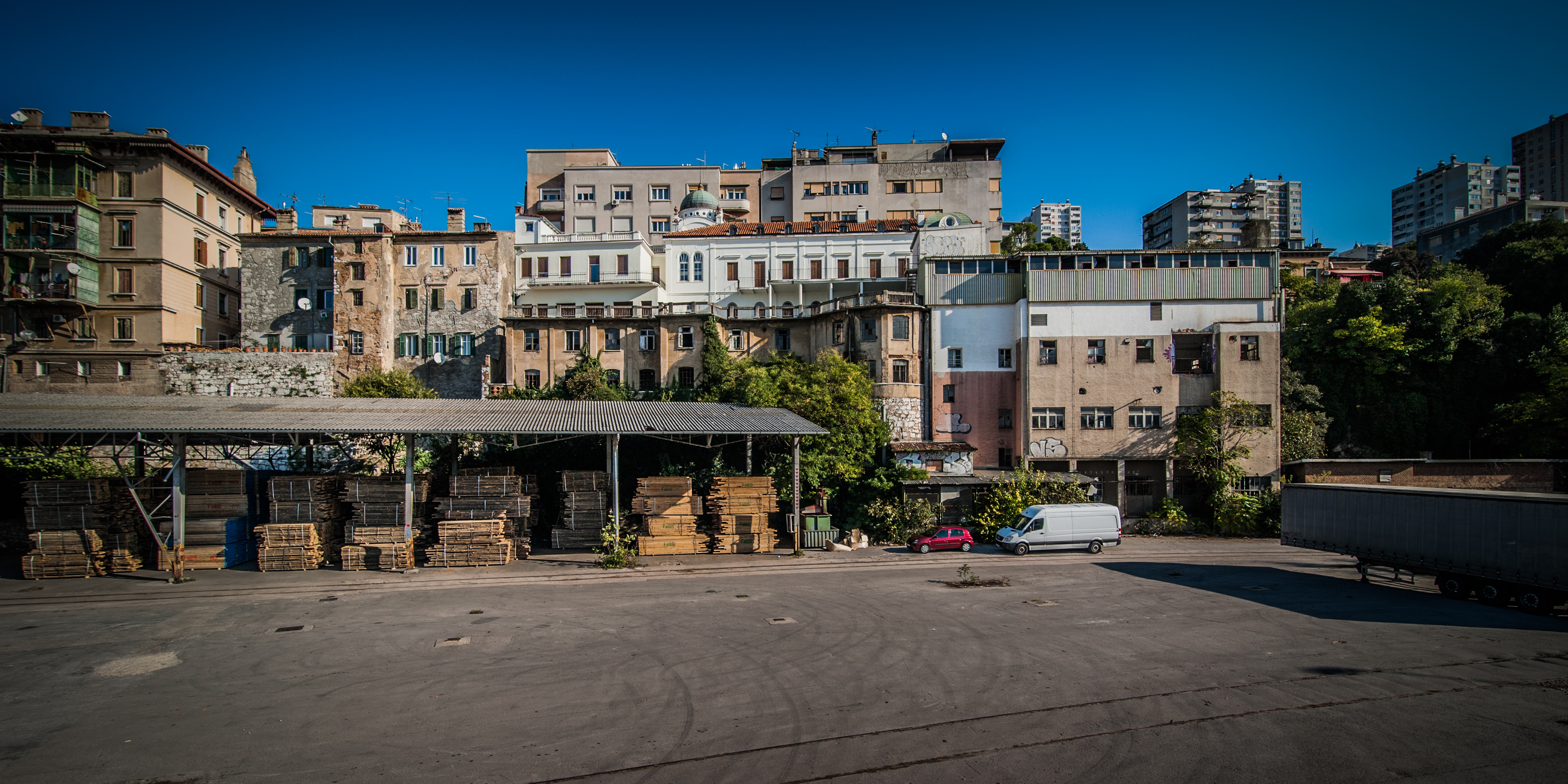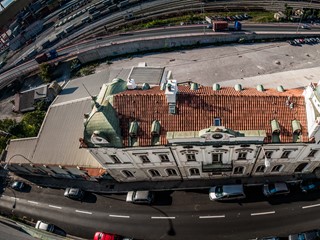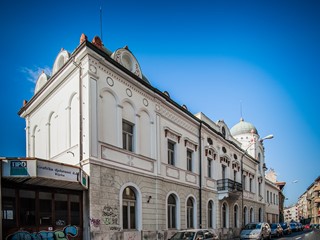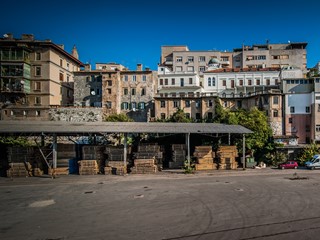Littorale Palace, The liquor factory Pfau & Co, Tin Can Factory, print shop Tipograf
address: Šetalište XIII. divizije 16Period: Secession/Art Noveau
Kind: Immovable material heritage
Century: 19
Year: 1867
Purpose: industrial
The liquor factory Pfau & Co. operated at the location of today’s Littorale Palace from the second half of the 19th century until the early years of the 20th century. At the time, the building was owned by the Ružić family and it was erected in 1867. The expansion of the production drive in Rijeka was planned in the early years of the 20th century, which means that the factory operated very successfully.
In 1905, on the site of the collapsed liqueur company, the industrialist Bluhweiss built the Littorale Palace in order to accommodate his Tin Can Factory. The facility had both a residential and a factory purpose. Its architectural design is highly interesting: the northern two-storey façade of the building faces the street Šetalište XIII Divizije and stands out with its luxurious historicist and Art Nouveau motifs. On the southern side, facing the sea, the facility is not nearly as representative: it has three additional floors descending alongside the cliff which were used as production facilities.
After World War I, the complex, together with the palace, was bought by Oscar Mikšić. He used the residential part for himself and rented the rest of the building for various activities. After World War II, the palace was nationalized and the print shop Tipograf started operating in its premises in the 1950s.
Valorization:
Palace Littorale is still preserved as a valuable example of Art Nouveau building in Rijeka, especially the northern side of the representative building that is facing the main road. The building was restored to prevent rapid deterioration becaouse the building that is not used for any commercial or residential purposes.
Bibliography:
- Klen, Danilo (ur.), Povijest Rijeke, Skupština općine Rijeka, ICR, Rijeka, 1988.

